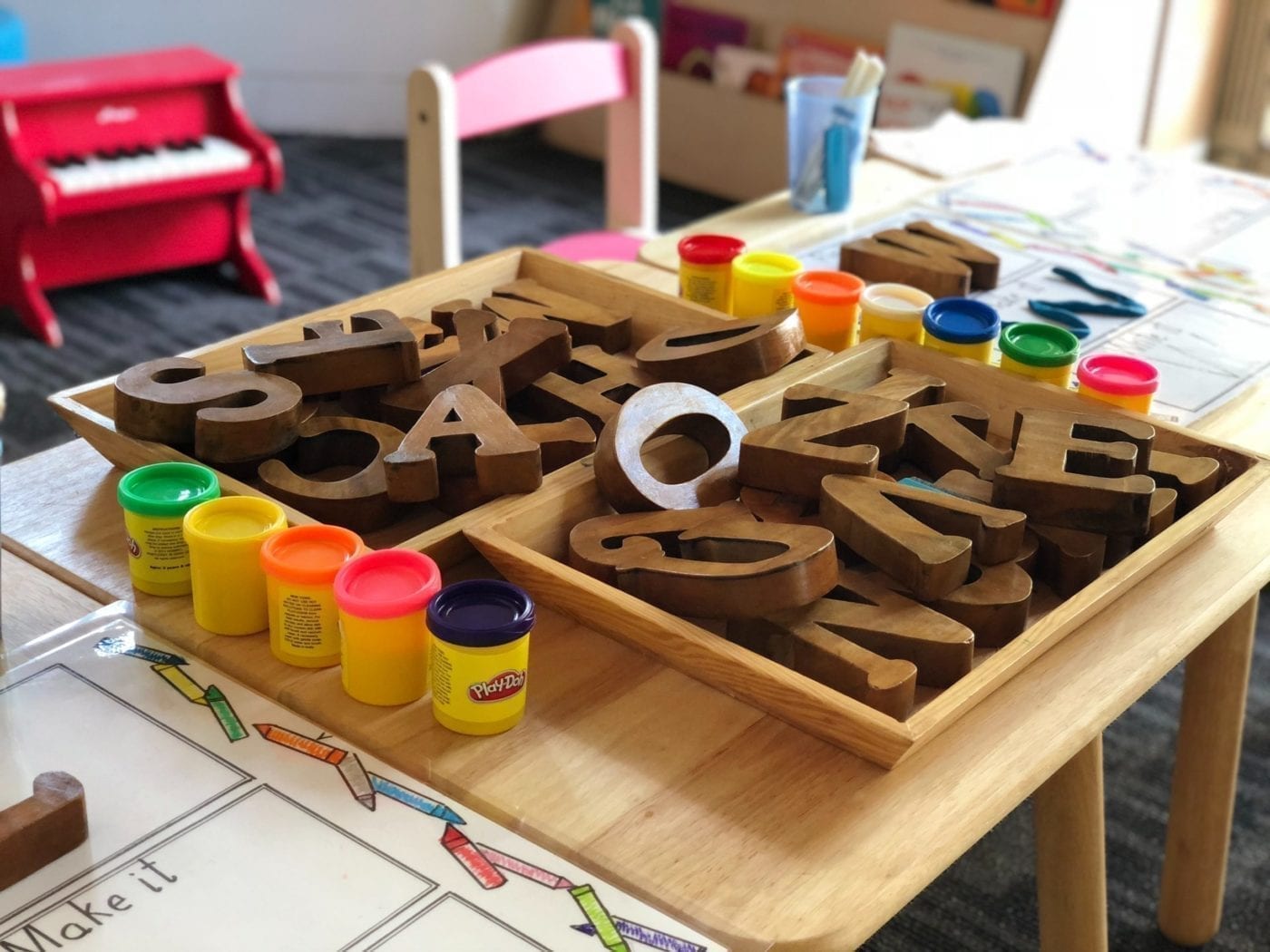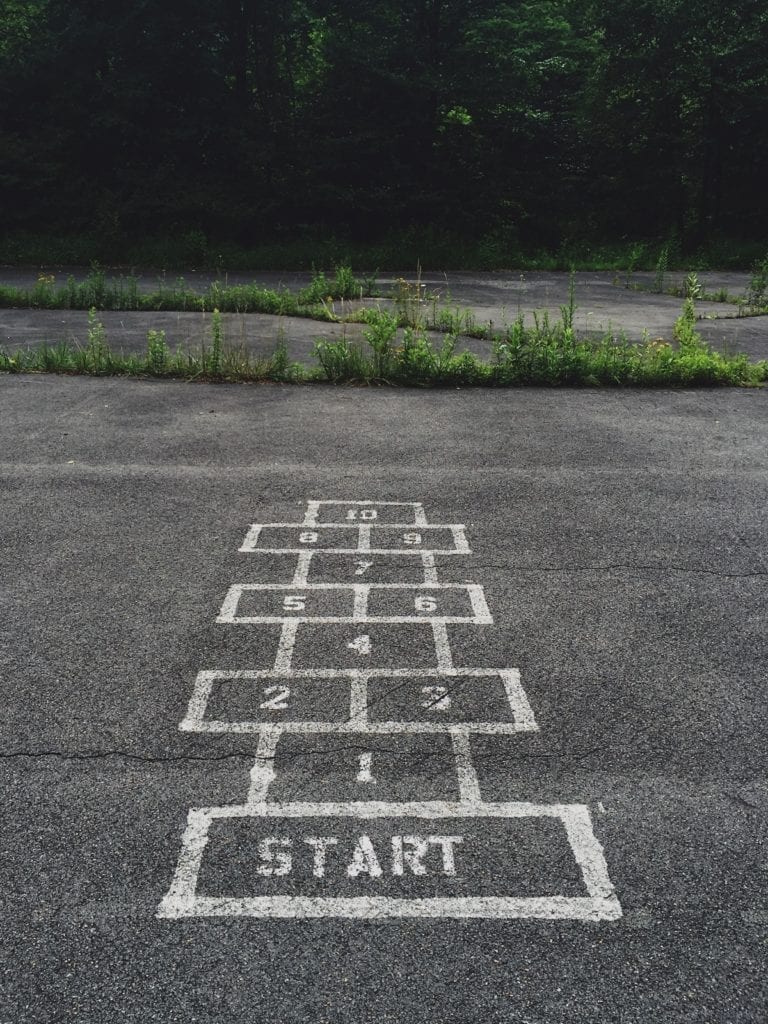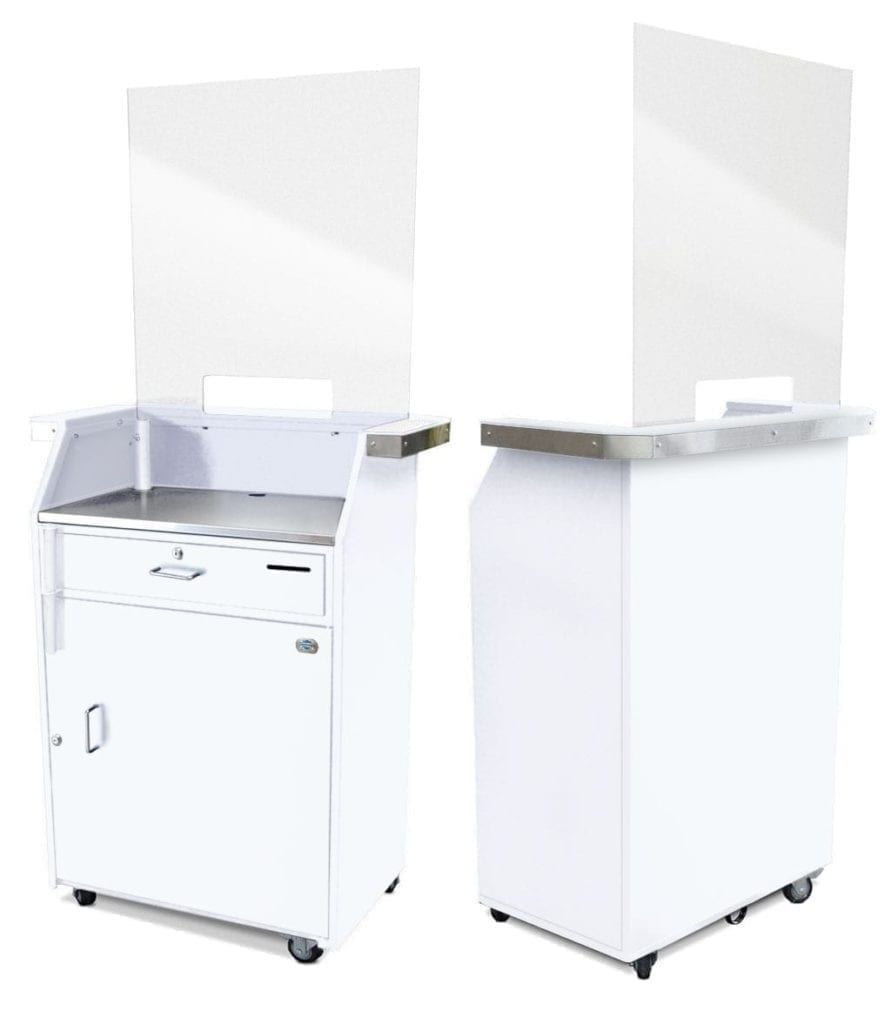
Teachers, parents and students are gearing up for the new school year. But with COVID-19 cases on the rise in the U.S., what will that look like? Many districts have decided to stick to fully remote classes in the fall, while others are still debating their school reopening plans. Some educators point to other countries’ successes as a reason to fully reopen. Yet public health officials warn that these school reopenings are still in their early stages, and the U.S. has far more cases than many countries.
The Drawbacks of Remote Learning
Some types of educational support and services are impossible to provide online. For example, children may depend on school lunches and breakfasts for a nutritious diet that fuels their minds. A new report by the National Academies of Sciences, Engineering and Medicine also suggests public schools “prioritize full-time, in-person classes for grades K-5 and for students with special needs”. These two groups require the most supervision and struggle the most with online learning. Also, virtual classes assume families have access to broadband internet. Yet, many don’t. This has led to lawsuits by parents arguing their children aren’t receiving the education the law mandates.
A Safe Return to In-Person Classes

Schools planning to offer in-person classes face many safety challenges. Ideally, children will be wearing masks and socially distanced. Yet with extra space between desks, where will the other children sit? In the gym? Outside? And then they’ll need additional teachers for those smaller classes. Last but not least, symptom screening will be essential—especially temperature checks. According to the CDC, temperature checks can help lower the risk of COVID-19 transmission.
Temperature Check 101
A temperature check protocol that follows these best practices will help ensure students and teachers stay safe.

- Inform staff and students about temperature checks and the possibility of being sent home.
- Set a temperature screening threshold. The CDC considers a temperature of 100.4 degrees Fahrenheit and above to be a fever.
- Use no-contact forehead thermometers to lessen the chance of spreading the virus.
- Appoint someone with proper training, ideally a medical professional, to administer temperature checks.
- Maintain social distancing with multiple temperature check stations throughout the school.
- Take other COVID-19 precautions, including disinfecting medical equipment and temperature-check stations.
Stations With Sneeze-Guards
If you do plan to reopen your school, you’ll need safe, mobile temperature-check stations. The Security Station offers versatile podiums in a variety of styles. Most importantly, they all include sneeze guards that will help protect your staff and students during temperature checks. Call us today and we’ll help you choose a station that will help keep your school safe!

